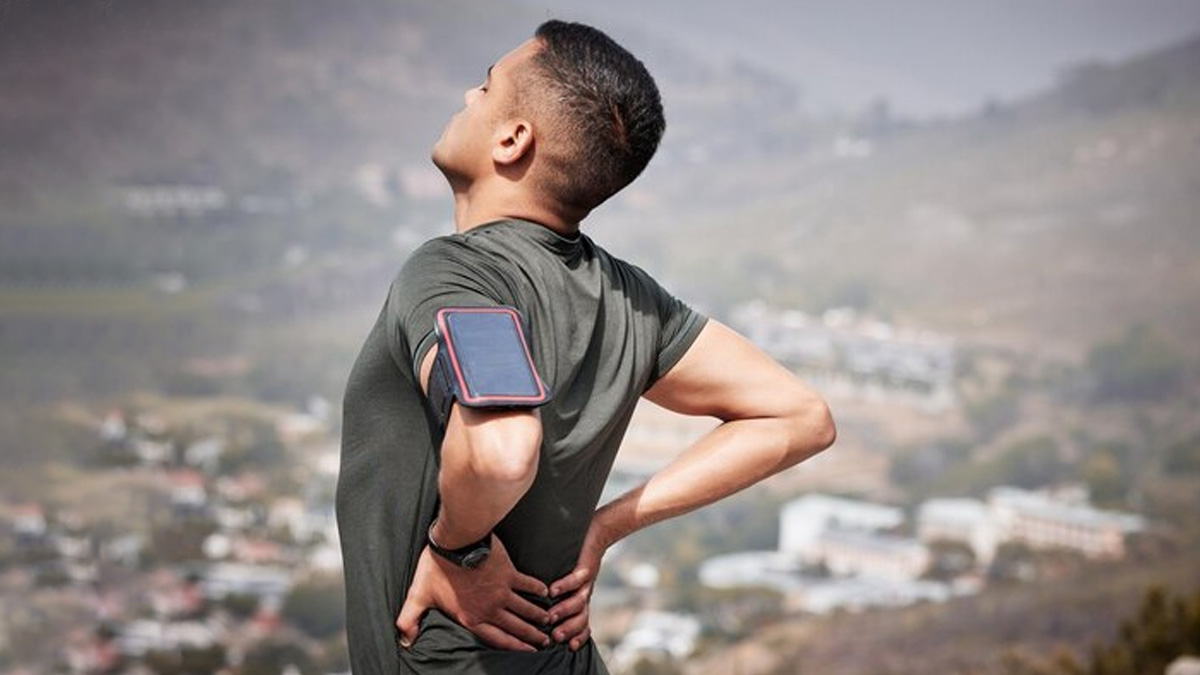
As the temperatures rise during hot weather, so does the risk of experiencing unpleasant leg cramps. These sudden, involuntary contractions of muscles can be quite painful and disruptive. Understanding why leg cramps happen and taking preventive measures can help you stay comfortable and active during the summer months.
Table of Content:-
Why Do Leg Cramps Happen in Hot Weather?
According to a chapter on Heat Cramps published in the second edition of ‘Emergency Medicine, 2013,’ The exact mechanism behind the occurrence of heat cramps remains unclear, although it is believed to involve disturbances in fluid and electrolyte balance within the muscles. Here are some of the reasons why you may be experiencing heat cramps during summer:

- Dehydration: One of the primary reasons for leg cramps in hot weather is dehydration. When your body loses fluids through sweating and you don't adequately replenish them, it can lead to an imbalance in electrolytes like potassium, sodium, magnesium, and calcium. This imbalance can trigger muscle cramps.
- Electrolyte Imbalance: As mentioned, an electrolyte imbalance can contribute to muscle cramps. During hot weather, especially if you're active outdoors, you may lose electrolytes through sweat faster than you replenish them, leading to cramping.
- Overexertion: Engaging in strenuous physical activity, particularly in high temperatures, can strain your muscles and increase the likelihood of cramps. Overexertion without proper hydration and electrolyte balance can exacerbate the risk.
- Heat Exhaustion: Prolonged exposure to high temperatures without adequate cooling mechanisms can result in heat exhaustion. Along with symptoms like nausea and dizziness, heat exhaustion can cause muscle cramps as your body struggles to regulate its temperature.
Also Read: Muscle Cramps After Workout? Expert Lists Effective Ways To Get Rid Of It

Tips to Prevent Leg Cramps During Hot Weather
Now that you know what may be causing your leg cramps, here’s how you can prevent them:
- Stay Hydrated: Drink plenty of water throughout the day, especially if you're outdoors or engaging in physical activity. Electrolyte-rich drinks or coconut water can also help replenish lost minerals.
- Maintain Electrolyte Balance: Consume foods rich in potassium, magnesium, calcium, and sodium to maintain a healthy electrolyte balance. Bananas, leafy greens, nuts, and seeds are good sources.
- Stretch Regularly: Incorporate stretching exercises into your routine, focusing on the muscles prone to cramping, such as calf muscles. Stretching helps improve flexibility and reduce the risk of cramps.
- Avoid Overexertion: Pace yourself during physical activity, especially in hot weather. Take breaks, seek shade, and listen to your body's signals to prevent overexertion and potential cramps.
- Cooling Measures: Use cooling techniques like applying cold packs or taking cool showers to lower your body temperature and reduce the risk of heat-related cramps.
- Wear Appropriate Clothing: Opt for lightweight, breathable clothing that allows sweat to evaporate, aiding in temperature regulation.
- Seek Medical Attention if Needed: If you experience severe or recurring leg cramps despite preventive measures, consult a healthcare professional. Underlying conditions like electrolyte imbalances or muscle disorders may require medical intervention.
Leg cramps can be quite a nuisance, especially if they happen frequently. By following these tips and understanding the factors contributing to leg cramps in hot weather, you can better manage and prevent these uncomfortable experiences, allowing you to enjoy outdoor activities safely and comfortably.
Also watch this video
How we keep this article up to date:
We work with experts and keep a close eye on the latest in health and wellness. Whenever there is a new research or helpful information, we update our articles with accurate and useful advice.
Current Version
